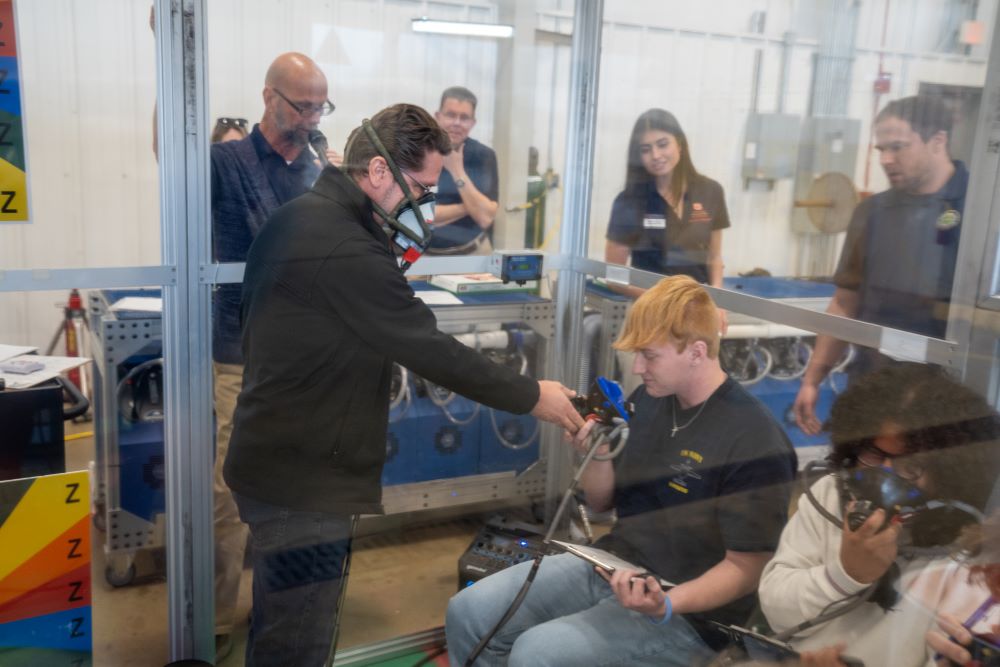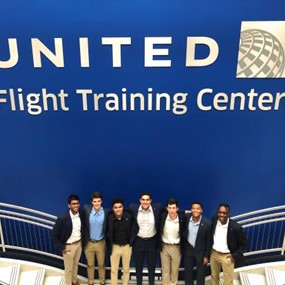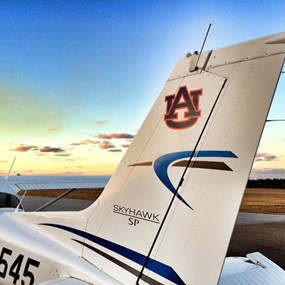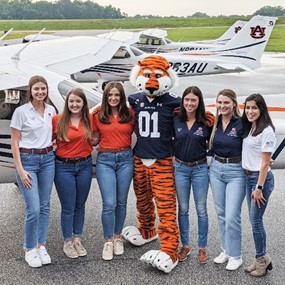Federal Aviation Administration hosts hypoxia training for Auburn student pilots

Auburn University School of Aviation students now have more experience in emergency situations, without even leaving the ground, thanks to the Federal Aviation Administration's (FAA) hypoxia training.
Hypoxia is a lack of sufficient oxygen in the body, which can lead to impaired judgment, colorblindness, dizziness, fatigue and more. Pilots may experience hypoxia while in flight if cabin pressure is compromised at a high altitude.
Aviation Safety Manager Keith Williams said he brought the training to Auburn because he knows its value firsthand.
"It saved my life," Williams said. "The pressurization system wasn't keeping up with the altitude as it climbed. I noticed my hypoxia symptoms and went on oxygen. We descended and saw what the problem was. While that was going on, some of the other crew members were already severely hypoxic. Now I don't know that we would've crashed or anything, but it was not noticed by anyone until I noticed."
The hypoxia training was conducted at the Auburn University Regional Airport using a Portable Reduced Oxygen Training Enclosure (PROTE) chamber. The chamber simulates the oxygen level at 25,000 feet elevation.
Students spend five minutes in the chamber, note their hypoxia symptoms, then secure an oxygen mask to their faces, all under supervision. Safer than a pressure chamber, the PROTE chamber leaves behind no side effects.
J.R. Brown, an FAA Civil Aerospace Medical Institute aerospace physiologist and training instructor, leads hypoxia training across the country. He said in the air, pilots have between five and seven minutes before hypoxia begins to affect functioning and memory.
"The real problem with unconsciousness and useless consciousness is that you develop hypoxia amnesia. When you finally wake up, or get your mask on, you won't have a full collection of memories, which may include your hypoxia symptoms," Brown said. "So why is it so important to get your hypoxia symptoms on the ground at least one time in your career? They never change. We want to grab that mask as fast as we can by recognizing our hypoxia symptoms quickly."
By the end of the training, students know their hypoxia symptoms and how low oxygen feels. In flight, pilots are therefore more prepared to recognize a problem, place an oxygen mask on themselves and lower their altitude before losing consciousness or functioning.
Professional flight junior Grant Kaplinski said he experienced dizziness and colorblindness in the chamber and knows what to expect if he experiences hypoxia while flying.
"It happens quick. It's definitely faster than I would've imagined," Kaplinski said. "The biggest takeaway I have is my own personal symptoms, but overall, I learned a lot and it's definitely useful. I've had no experience like this before, so it's definitely something I'll remember."
Find more information about the professional flight program in the College of Liberal Arts.
Tags: Aviation






